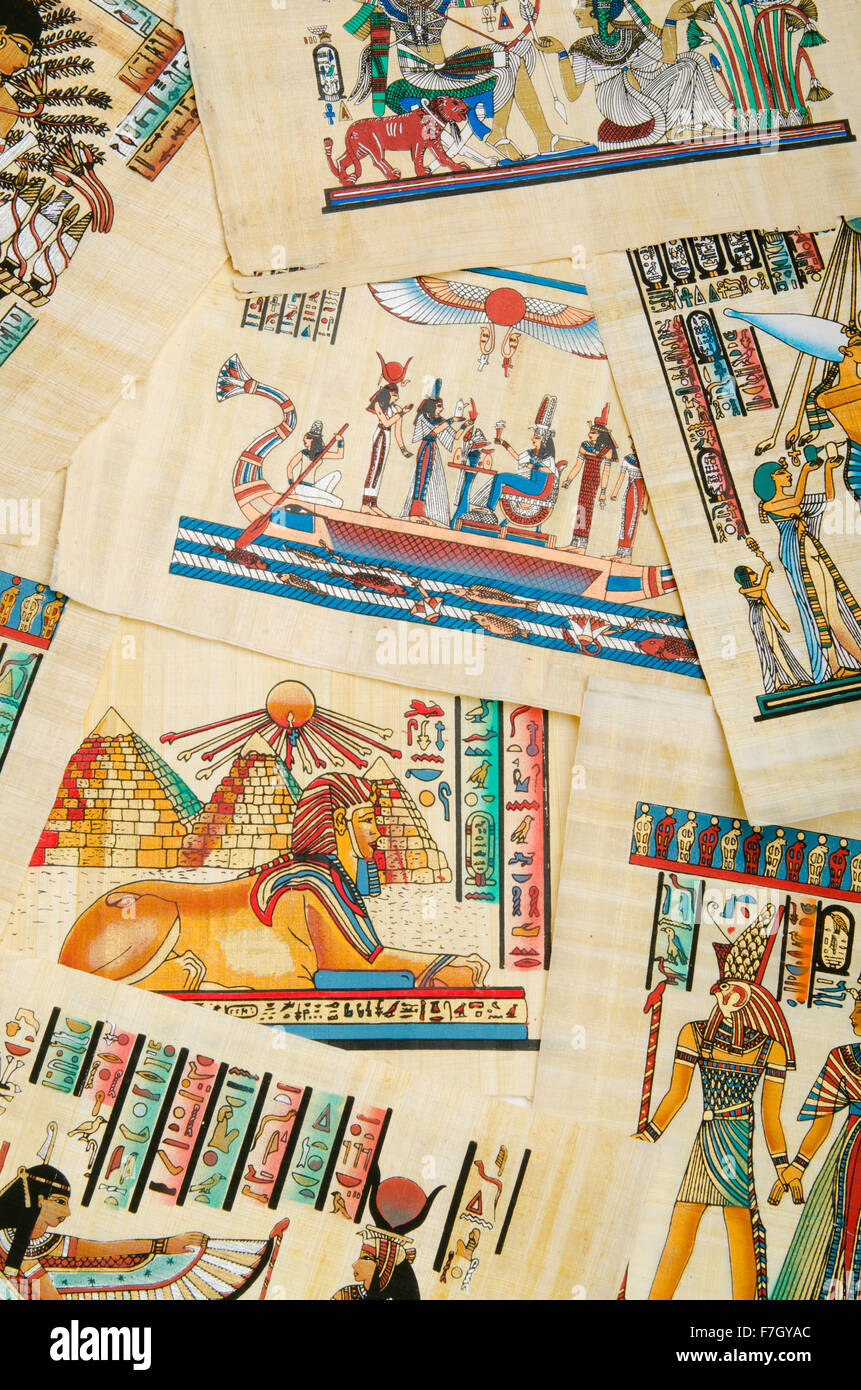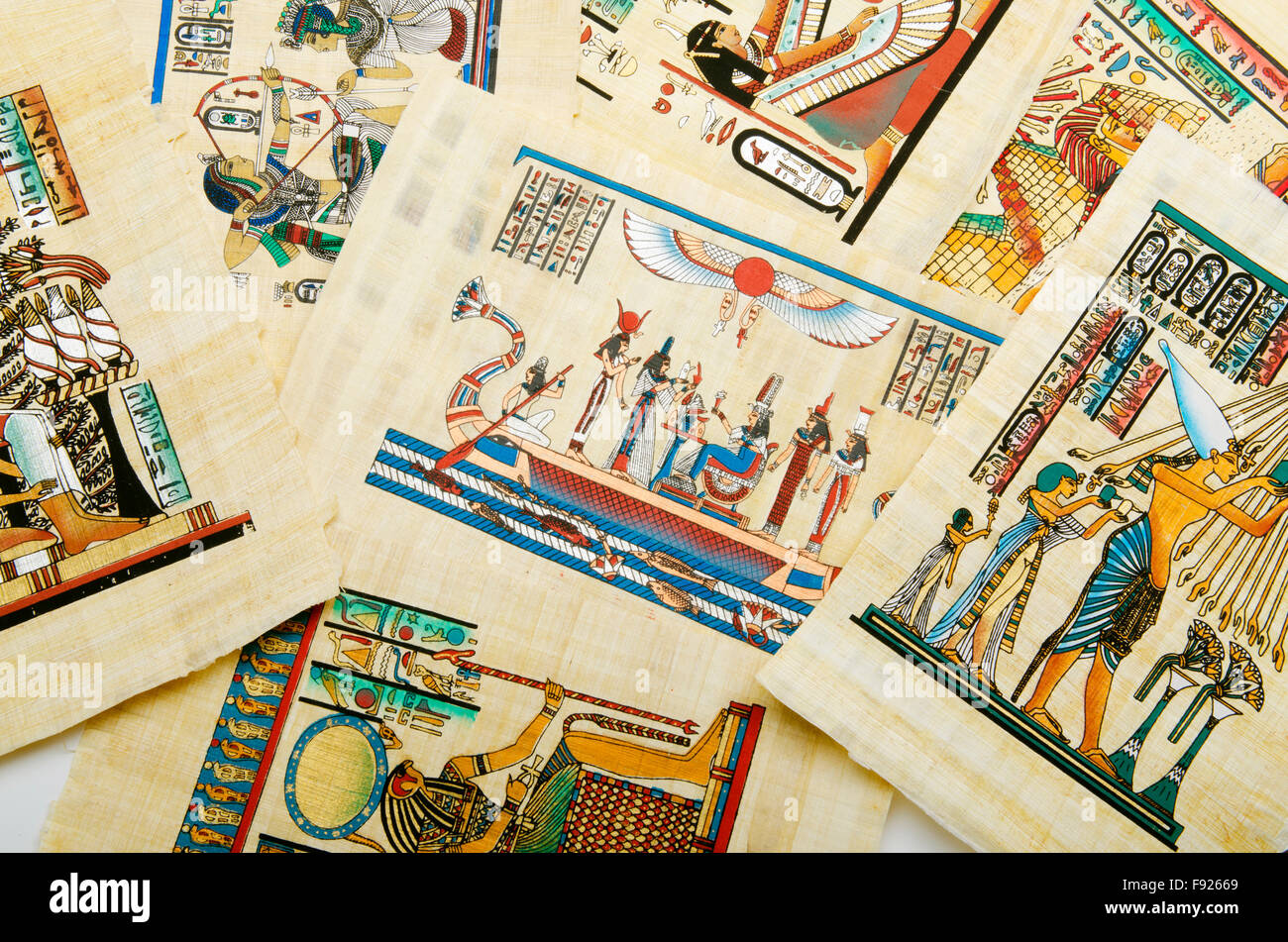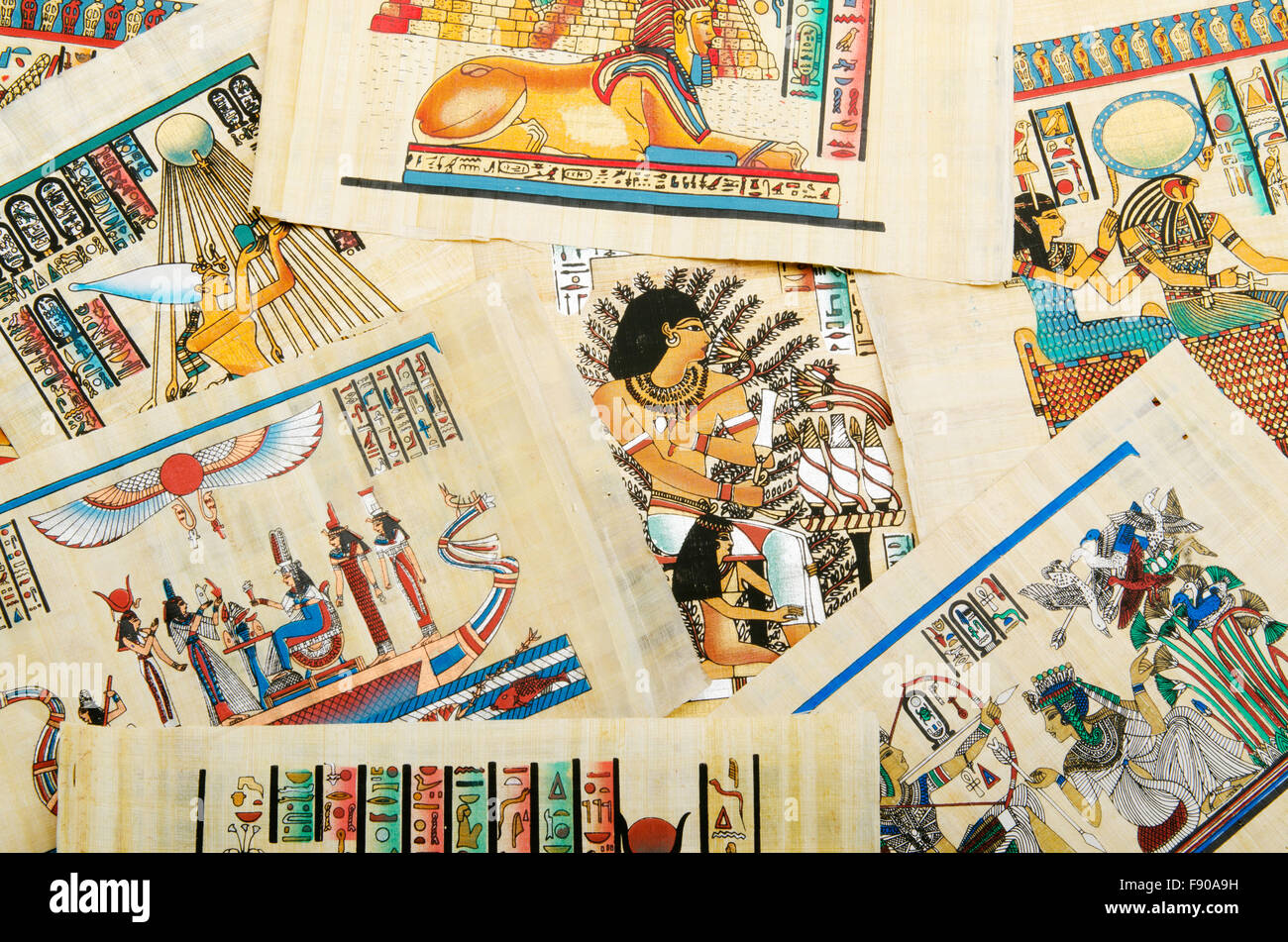US-Iran Relations: A Decades-Long Saga Of Conflict & Cooperation
The relationship between the United States and Iran is a complex one, a narrative steeped in shifting alliances, profound betrayals, and persistent animosity. From being staunch allies on the world stage to a highly volatile hostage crisis and ultimately being named part of the "axis of evil," the history of Iran and US relations is a dramatic chronicle of geopolitical transformation. Tensions between the US and Iran have hit boiling points repeatedly, but the underlying friction has been simmering for decades, shaping the political landscape of the Middle East and beyond.
For over four decades, the United States and Iran, two nations that were once close allies, have been locked in a bitter struggle. This profound transformation from partnership to rivalry is not merely a series of isolated incidents but a deeply intertwined historical progression that continues to influence global affairs today. Understanding this intricate past is crucial to comprehending the present dynamics and anticipating future challenges in the region.
Table of Contents
- From Alliance to Conflict: Early Relations Between the United States and Iran
- The 1953 Coup: A Turning Point
- The Iranian Revolution and Hostage Crisis (1979-1981)
- A Key Adversary: The 1980s Onward
- Periods of Easing Tensions and Renewed Hostility
- The "Axis of Evil" and Nuclear Ambitions
- Sanctions, Surveillance, and Escalation
- Diplomatic Efforts and Prisoner Swaps
- The Future of US-Iran Relations
- Persistent Challenges: Missiles and Regional Influence
- Conclusion: A Complex Tapestry of Distrust and Potential
From Alliance to Conflict: Early Relations Between the United States and Iran
For much of the 20th century, the US and Iran maintained friendly relations. This alliance was primarily forged out of shared strategic interests, particularly during the Cold War era. Iran, under the Pahlavi dynasty, served as a crucial bulwark against Soviet expansion in the Middle East. The United States provided significant economic and military aid to Iran, helping to modernize its infrastructure and strengthen its armed forces. This period saw a substantial American presence in Iran, with cultural and educational exchanges fostering a sense of camaraderie between the two nations. American companies invested heavily in Iran's burgeoning oil industry, and many Iranians came to the U.S. for education, bringing back Western ideas and practices. This seemingly robust partnership, however, harbored underlying tensions and resentments, particularly among segments of the Iranian population who viewed the Shah's increasingly autocratic rule and close ties to the West as an erosion of national sovereignty and traditional values. The stage was set for a dramatic shift, one that would fundamentally alter the history of Iran and US relations.
The 1953 Coup: A Turning Point
While often overlooked in popular discourse, the 1953 coup stands as a foundational event in the souring of US-Iran relations. The United States, along with the United Kingdom, played a significant role in orchestrating the overthrow of Iran's democratically elected Prime Minister Mohammed Mosaddegh. Mosaddegh had nationalized Iran's oil industry, a move that directly challenged British and American economic interests. The involvement in the Shah’s 1953 coup of Prime Minister Mohammed Mosaddegh, aimed at restoring the Shah's absolute power, was perceived by many Iranians as a blatant interference in their internal affairs and a betrayal of democratic principles. This intervention deeply ingrained a sense of distrust and resentment towards the United States among a large segment of the Iranian populace. For many, it symbolized American arrogance and a willingness to prioritize economic and strategic interests over the will of the Iranian people. This historical scar would fester for decades, becoming a rallying cry for future anti-American sentiments and fundamentally altering the trajectory of the history of Iran and US relations.
The Iranian Revolution and Hostage Crisis (1979-1981)
The simmering resentment from events like the 1953 coup, coupled with the Shah's increasingly repressive rule and Westernization policies, finally erupted in the Iranian Revolution of 1979. This seismic event saw the overthrow of the U.S.-backed Shah and the establishment of an Islamic Republic under Ayatollah Ruhollah Khomeini. The revolution marked a dramatic turning point, transforming Iran from a key U.S. ally into an ideological adversary. The most iconic and damaging event of this period was the Iran hostage crisis in 1979. On November 4, 1979, student militants seized the American Embassy in Tehran and its staff, holding 52 American diplomats and citizens hostage for 444 days. This act was a direct response to the U.S. allowing the deposed Shah to enter the country for medical treatment, perceived by many Iranians as a prelude to another U.S.-backed coup. The subsequent failure of the Iranian government to secure their release exacerbated tensions. The United States severed diplomatic relations with Iran on April 7, 1980, a drastic measure reflecting the profound breakdown in trust and communication. The United States broke off diplomatic relations with Iran in 1980, but the enmity started decades earlier, cementing the hostile trajectory of the history of Iran and US relations.
A Key Adversary: The 1980s Onward
Following the revolution and the hostage crisis, the nature of the relationship between the two nations fundamentally shifted. Since the 1980s, Iran has been a key adversary of the U.S., a status it has maintained through various administrations and geopolitical shifts. This adversarial stance is rooted in deep ideological differences, conflicting regional interests, and a persistent memory of past grievances. Unlike traditional state-to-state rivalries, the animosity between the U.S. and Iran often carries a strong ideological component, with the Islamic Republic viewing the U.S. as the "Great Satan" and the U.S. often perceiving Iran as a destabilizing force in the Middle East. This makes the relationship particularly challenging to navigate, as it often transcends conventional diplomatic frameworks. Furthermore, Iran has proven to be a more significant challenge than other rivals like Venezuela, largely due to its strategic location, its substantial regional influence through proxies, and its pursuit of a nuclear program. The complexity of this rivalry, marked by proxy conflicts, sanctions, and rhetorical clashes, has defined much of the recent history of Iran and US relations, making any path to reconciliation incredibly difficult.
- American Hostages In Iran In 1979
- Sleep Sack
- What Continent Is Iran In
- Iran Imam Khomeini Airport
- Swedish Pop Stars
Periods of Easing Tensions and Renewed Hostility
Despite the entrenched animosity, the history of Iran and US relations has not been a linear progression of escalating conflict. There have been brief periods where tensions eased, often driven by shifts in leadership or external geopolitical events. For instance, tensions eased after 1990, as the US focused on Iraq after Baghdad's invasion of Kuwait, which ironically saw a degree of tacit cooperation as both nations opposed Saddam Hussein. Later, a more significant thaw appeared when Iran in 1997 elected reformist president Mohammed Khatami, who sought better relations with the West. Khatami's presidency was marked by a push for "dialogue among civilizations" and efforts to bridge the gap with the United States. While these overtures did not lead to a full restoration of diplomatic ties, they did create a window for limited cultural and academic exchanges, and a softening of rhetoric from both sides. However, such periods of détente have historically been short-lived, often derailed by hardline elements within both governments, new geopolitical crises, or persistent disagreements over key issues like Iran's nuclear ambitions and regional activities. These cyclical patterns of hope and renewed hostility underscore the deep-seated nature of the conflict.
The "Axis of Evil" and Nuclear Ambitions
Any hopes for a sustained rapprochement were largely dashed in the early 2000s. In 2002, President George W. Bush famously labeled Iran as part of an "axis of evil," alongside Iraq and North Korea. This declaration, coming after a period where Iran had been an ally against the Taliban in Afghanistan, deeply offended Iranian leaders and further entrenched the perception of the U.S. as an implacable foe. This rhetoric solidified Iran's image in Washington as a rogue state, moving it from a highly volatile hostage crisis to being named part of the axis of evil. Simultaneously, Iran's nascent nuclear program began to draw significant international scrutiny. The US and Iran have longstanding tensions over Iran’s nuclear program, missile capabilities, and regional influence. The U.S. believes Iran’s nuclear program could lead to weapons development, posing a grave threat to regional stability and global security. Conversely, Iran insists its program is for civilian use, primarily for energy generation and medical isotopes, asserting its right under the Nuclear Non-Proliferation Treaty. This fundamental disagreement over the intent and scope of Iran's nuclear activities has become a central point of contention, leading to severe international sanctions and repeated diplomatic stalemates, profoundly shaping the modern history of Iran and US relations.
Sanctions, Surveillance, and Escalation
The nuclear issue, coupled with Iran's regional influence and support for various proxy groups, has led to a relentless campaign of economic pressure and covert operations from the U.S. Sanctions, in particular, have been a primary tool in the U.S. arsenal, aiming to cripple Iran's economy and force a change in its behavior. Relations between the US and Iran worsen in May 2019, when the US tightens the sanctions targeting Iran's oil exports, a move that significantly impacted Iran's economy and its ability to trade internationally. This tightening of sanctions was part of a "maximum pressure" campaign initiated by the Trump administration after withdrawing from the Joint Comprehensive Plan of Action (JCPOA), the international nuclear deal. Beyond economic measures, there have also been instances of intelligence gathering and covert actions. The timeline of US-Iran relations until the Obama administration highlights key facts and catalysts, including nuclear sabotage and U.S. border incursions into Iranian territory, primarily by the use of unmanned aerial vehicles (UAVs) to gather intelligence. These surveillance activities and occasional acts of sabotage, often attributed to the U.S. or its allies, further fuel Iranian suspicions and contribute to a climate of mistrust. The cycle of U.S. pressure and Iranian retaliation, whether through proxy actions or advancements in its nuclear program, continues to define the tense history of Iran and US relations.
Diplomatic Efforts and Prisoner Swaps
Despite the pervasive hostility, there have been rare instances of direct engagement and even limited cooperation between the U.S. and Iran, often driven by humanitarian concerns or shared, albeit narrow, strategic interests. One notable example of such engagement is the occasional prisoner swap. These exchanges, often facilitated by third-party mediators, represent a rare channel of communication and a glimmer of potential for de-escalation in an otherwise fraught relationship. For instance, on December 16, 2023, the United States and Iran announced a prisoner swap, a significant diplomatic breakthrough that saw the release of several detained individuals from both sides. Separately, a fifth American was released, underscoring the ongoing, albeit often clandestine, efforts to resolve individual cases. While these swaps do not signify a broader shift in policy or a fundamental improvement in relations, they demonstrate that channels, however narrow, can still be opened for specific, mutually beneficial outcomes. Such moments, though infrequent, offer a reminder that even the most entrenched adversaries can find common ground on humanitarian issues, providing a fragile thread of hope in the complex tapestry of the history of Iran and US relations.
The Future of US-Iran Relations
The future trajectory of the history of Iran and US relations remains highly uncertain and will undoubtedly be a focal point for policymakers in the coming years. With the results of the U.S. Election in 2024, the U.S. approach to the Iranian government will be a significant issue that will be front and center of many federal agencies in Washington, D.C. A new administration could pursue a radically different strategy, ranging from renewed diplomatic engagement and a return to the nuclear deal to increased pressure and confrontation. The domestic political landscapes in both countries will play a crucial role. In Iran, the succession of the Supreme Leader and the ongoing internal power struggles will shape its foreign policy orientation. In the U.S., the prevailing political climate and the priorities of the incoming administration will dictate the tone and substance of its Iran policy. Regional dynamics, including the ongoing conflicts in the Middle East and the evolving relationships between Iran and its neighbors, will also heavily influence the bilateral relationship. Predicting the future is challenging, but it is clear that the complex and often volatile nature of this relationship will continue to demand careful navigation and strategic foresight from both sides.
Persistent Challenges: Missiles and Regional Influence
Even if a breakthrough were to occur on the nuclear front, other significant challenges would continue to complicate the history of Iran and US relations. The US and Iran have longstanding tensions over Iran’s nuclear program, missile capabilities, and regional influence. Iran's ballistic missile program, which it views as a crucial deterrent, is a major source of concern for the U.S. and its allies, who see it as a threat to regional security. Efforts to curb this program have been largely unsuccessful, and it remains a key point of disagreement. Furthermore, Iran's regional influence, exercised through its support for various non-state actors and its involvement in conflicts across the Middle East, is a constant source of friction. The U.S. views these activities as destabilizing and a threat to its allies, while Iran sees them as legitimate actions to protect its interests and counter perceived threats. These deeply entrenched issues mean that even with a nuclear deal in place, the underlying geopolitical rivalry and ideological differences would persist, making a comprehensive normalization of relations a distant prospect. The multifaceted nature of these challenges ensures that the relationship will remain fraught with tension for the foreseeable future.
Conclusion: A Complex Tapestry of Distrust and Potential
The history of Iran and US relations is a deeply complicated narrative, marked by a dramatic shift from alliance to bitter animosity. From the U.S. involvement in the Shah’s 1953 coup of Prime Minister Mohammed Mosaddegh, which sowed seeds of resentment, to the Iran hostage crisis in 1979, which irrevocably severed diplomatic ties, the path has been fraught with conflict. The United States and Iran, two nations that were once close allies, have been locked in a bitter struggle for over four decades, with Iran evolving into a key adversary of the U.S. since the 1980s. While moments of eased tensions and even prisoner swaps have offered fleeting glimpses of potential cooperation, the persistent disagreements over Iran’s nuclear program, missile capabilities, and regional influence continue to fuel the conflict. As the world watches the results of the U.S. Election in 2024, the future approach to the Iranian government will undoubtedly be a significant issue. Understanding this intricate past is not just an academic exercise; it is essential for navigating the complex geopolitical landscape of today and for any hope of charting a less volatile course forward. What are your thoughts on the most pivotal moment in this decades-long saga? Share your perspective in the comments below, and consider exploring other articles on our site for more insights into global diplomatic challenges.

Egyptian history concept with papyrus Stock Photo - Alamy

Egyptian history concept with papyrus Stock Photo - Alamy

Egyptian history concept with papyrus Stock Photo - Alamy